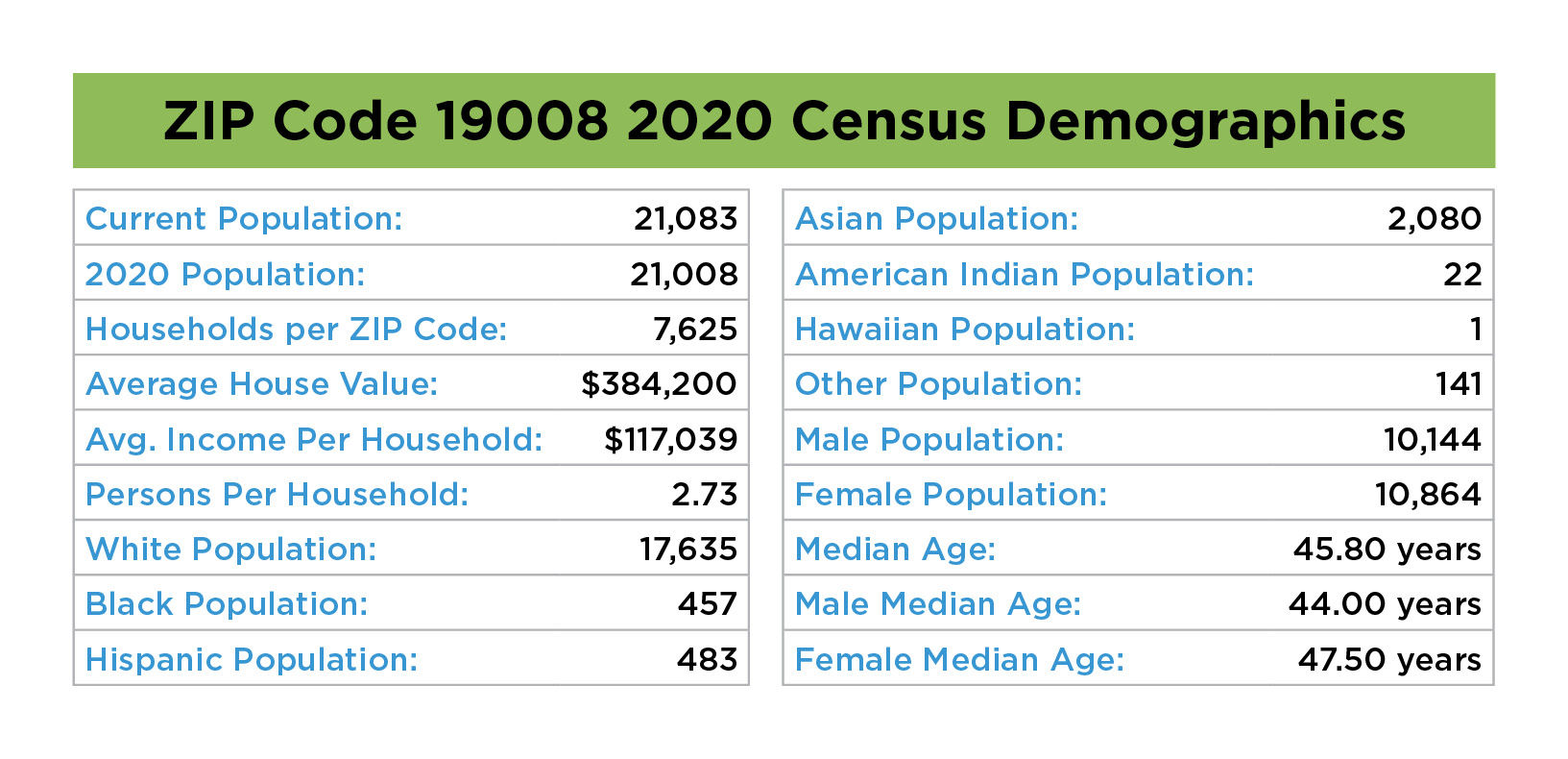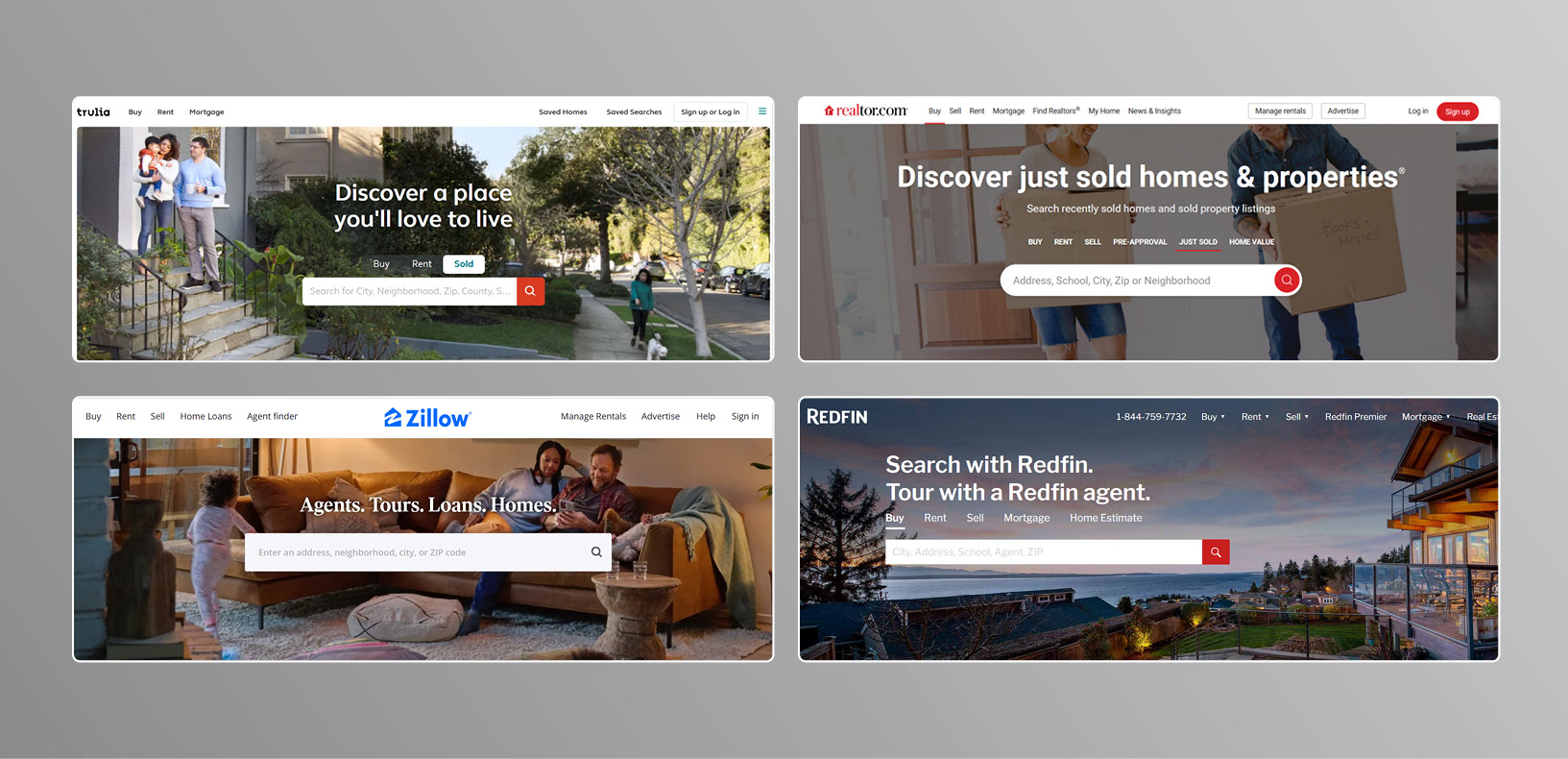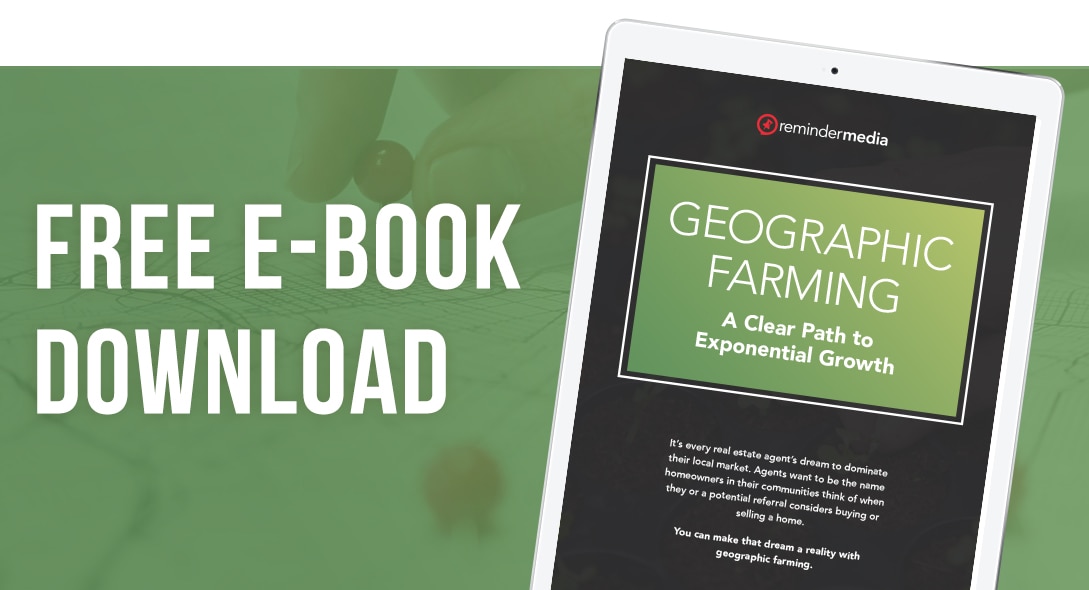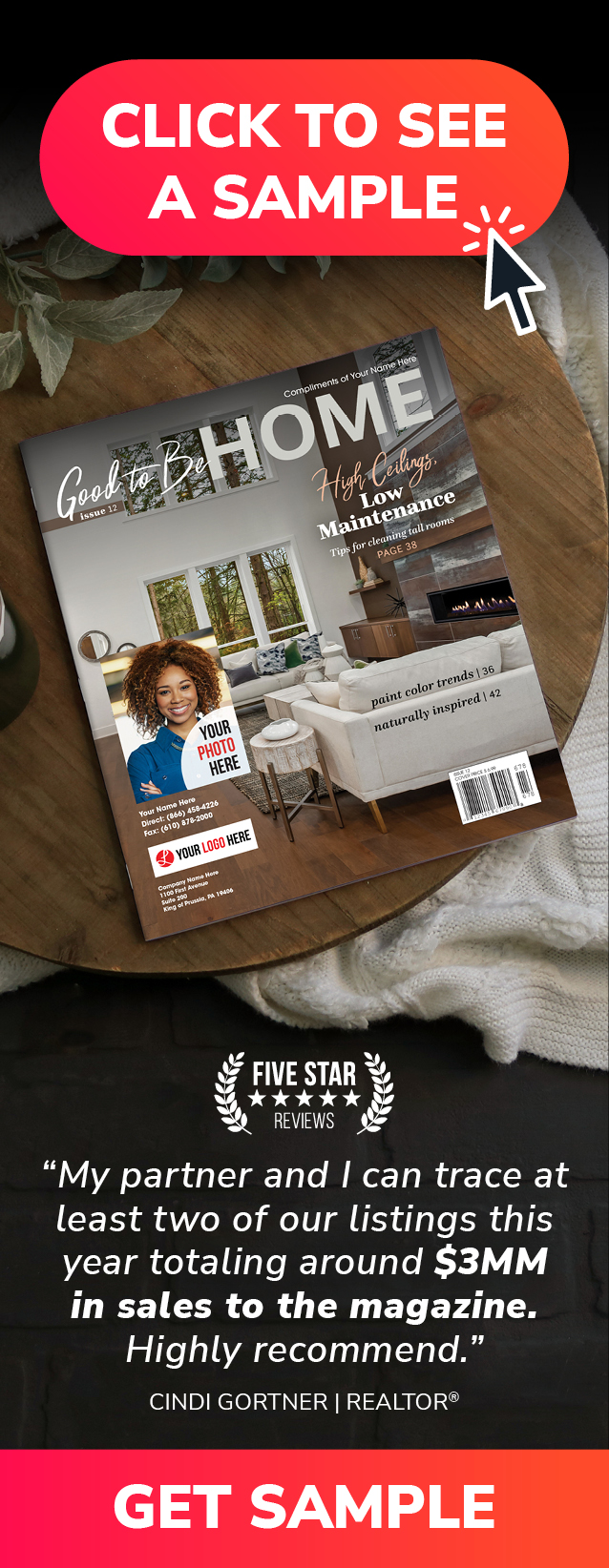We’re explaining how to calculate a real estate turnover rate and providing links to resources where you can find the information you need to do the math.
When I was younger and wanted to know how to spell a word, I was often told to look it up in a dictionary. I always considered this an unserviceable piece of advice. I didn’t need to know what the word meant, just how it was spelled. In my mind, a dictionary was useless unless you knew how to spell the word you were looking for.

Click here to book an appointment, and one of postcard marketing specialists will reach out to walk you through setting up your free landing page and postcard campaigns. (Plus there’s an EXTRA bonus!)
I imagine that many real estate agents experience a similar kind of frustration when they’re trying to select a farm and want to know what the turnover rate is in a neighborhood. They have the formula to find the answer, but without the numbers they need to plug into the equation, it’s useless.
This blog is going to ease your pain.
Below, I not only explain how to calculate a real estate turnover rate but also provide links to resources where you can find the information you need to do the math.
The real estate turnover rate formula
In real estate, the turnover rate is a measure of how fast homes are bought and sold, and it’s reported as a percentage. To calculate it, you need to know how many homes are in a selected area and how many were sold in a particular period (typically the prior 12 months). Then divide the sold number by the total number and multiply the result by 100 to get your rate.
Generally speaking, a good turnover rate in real estate is 6% or greater, but the real estate market has seen some interesting shifts since the pandemic. Consequently, I recommend you examine the turnover rate for several years prior to 2020 and for all the years since to determine whether there is a credible trend.
Where to find the information you need to calculate turnover rates
You might expect to find at least one online resource that clearly and easily provides the number of homes in a specific area. Well, there isn’t—or at least not one I could find after searching for more than an hour.
To determine the number of housing units in a selected area, you’ll need to do some digging and possibly even a bit of legwork. You can start by consulting the resources listed below, refining as you gather more information. Keep in mind that the numbers you retrieve will likely include rental units, which you can subtract from your total to get a more accurate number of owner-occupied homes.
Where to find how many homes are in an area
1. NAR RPR
Realtors Property Resource (RPR) is a comprehensive source of property and market information exclusively available to members of the National Association of REALTORS® (NAR). In addition to offering a wellspring of useful articles, videos, webinars, templates, trainings, and more, RPR has a robust research function Realtors® can use to find neighborhood data. To search for the number of homes in an area, first log in using your account details, then follow these steps:
- Select “Research” at the top of the page.
- Select “Map Search” from the drop-down menu.
- Enter a city and state in the “Location” bar. (Don’t press enter yet!)
- Select the “Type/Status” menu to the right of the Location bar and change it to “Public Record.”
- Click “Search,” or press the enter key on your keyboard.
- Scroll down to find “Map Tools,” and select the pencil icon to draw a boundary around your area of interest.
- When the small pop-up appears, select “Search in this area.” The number of properties will display above and to the left of the map.
Be sure to also check out RPR’s Knowledge Base to discover how to conduct additional searches, obtain property information, generate reports, and use the organization’s many other tools.
2. Tax records
Tax records are public information, and they tend to be up-to-date since local governments want what’s owed to them. Each time a house is sold, a record of the property taxes paid and owed are calculated and recorded. Get the list of properties on which taxes are levied, and you’ll have a count of the number of homes in an area.
Many towns and municipalities have placed their tax and property records online; many have not. To determine if online records are available for your area, you can consult NETR Online, an online directory of public records. If you need to track down paper records, you may have to make a few calls to find the authority where they are kept. Try the county courthouse, the office of the recorder of deeds, and the office of the tax assessor.
You also have the option of using third-party websites. Some will charge a fee while others are free.
3. US Census data
The US Census offers an online mapping feature you can use to access demographic, socioeconomic, and housing statistics within a specific area. Census data is highly complex, and parsing it can be challenging, so I recommend watching this video for help creating the report you need.
4. Zip-codes.com
Using information from the US Census, Zip-codes.com provides demographic data, including the number of households, for every zip code in the country (data for Canada is also available). To conduct a free search, scroll down the homepage until you see the section titled “United States Zip Codes.” Select a state, then scroll again to select a zip code of interest. You’ll find the number of households in a table titled “Zip Code [XXXXX] 2020 Census Demographics.” The image below includes data from zip code 19008 (Broomall, Pennsylvania).
Where to find how many homes sold in an area
1. Multiple listing service (MLS)
The MLS includes all publicly available information about properties that are listed through agents, which means it isn’t going to include homes that are FSBO (for sale by owner) or pocket listings. Accessible only to licensed real estate agents, your MLS is the first place you should look to find how many homes sold in your area in a specific period.
2. Tax records
In addition to helping you determine the number of homes in an area, a municipality’s recorder of deeds will point you toward the number of houses sold.
3. Real estate marketplaces
You’re undoubtedly familiar with the many online real estate marketplaces prospective homebuyers use to search for properties. Well, agents can also use them to search for homes recently sold in a zip code, neighborhood, or city.
Enter your search parameters on any of these sites, and each will return a total number of sold homes listed with photos, the selling price, and the date sold. Different sites allow you to filter different date ranges. Give these sites a try:
- Trulia: Select the “Sold” option above the search bar, enter your search criteria, and on the next screen select “All Sold” to find homes sold in the last three, six, or nine months.
- Realtor.com: Results default to “Recently Sold Homes,” but you can select to view all homes and filter by sold date.
- Zillow: You’ll find sold homes under “Buy” and then “Recent home sales.”
- Redfin: Enter your criteria in the search box and click. On the next screen, click within the search box showing your criteria and select “Sold.”
Marketing to your farm
There is more to consider when selecting a farm than the turnover rate. There’s the absorption rate or demand for homes (reported as “months of inventory”), how many additional agents are already in the area, and whether one agent seems to dominate the market. Qualifiers such as demographics and features that define the area are also worthy of your careful thought. When making your choice, include in your research the average age and income of residents, the types and average age of the homes, the quality of the local schools, nearby employers, commuting distances, and options for public transportation.
Once you’ve selected the area you wish to farm, you’re going to need a way to market your real estate business to its residents—and we have the resources to help.
Postcards
Postcards are easily the most cost-effective marketing strategy for farming, and we have a huge selection of the highest-quality, affordable, customizable cards. When you purchase your postcards from ReminderMedia, you’ll get a targeted mailing list for your area and a free landing page to capture leads. You can set up an entire year’s worth of postcards in as little as 15 minutes, so click here to get started and receive 25 FREE postcards with your order.
Webinars
Take some time to view our geographic farming webinar to find out more about the various types of farming, how to choose a lucrative farm, and why (when it’s done right) farming works. You can also check out “Geographic Farming: A Clear Path to Exponential Growth” to discover proven, scalable marketing strategies that produce real results and predictable income. (And download the free e-book of the same name.)
Blog
Our searchable blog page includes numerous articles that offer practical information and actionable steps to ensure your farming produces leads that convert. A good first read is, “3 Critical Factors to Consider When Choosing a Geographic Farm,” followed by “The Best Real Estate Postcards for Farming.”
Podcast
Stay Paid, our top-rated marketing podcast, is another free resource you can consult for high-quality advice. Check out episode 378 to hear hosts Luke Acree and Josh Stike talk about why farming is a supremely effective branding strategy.






























